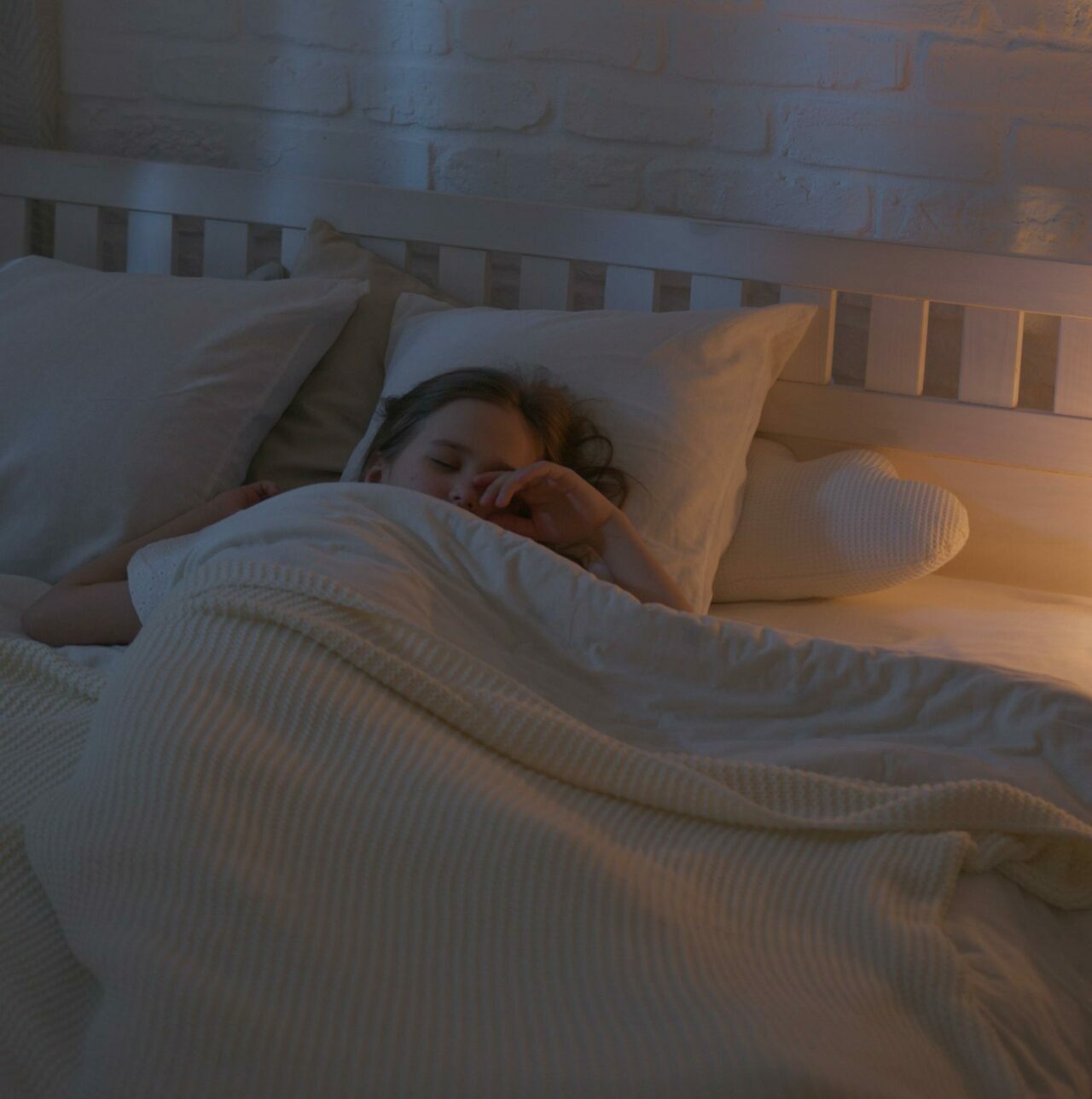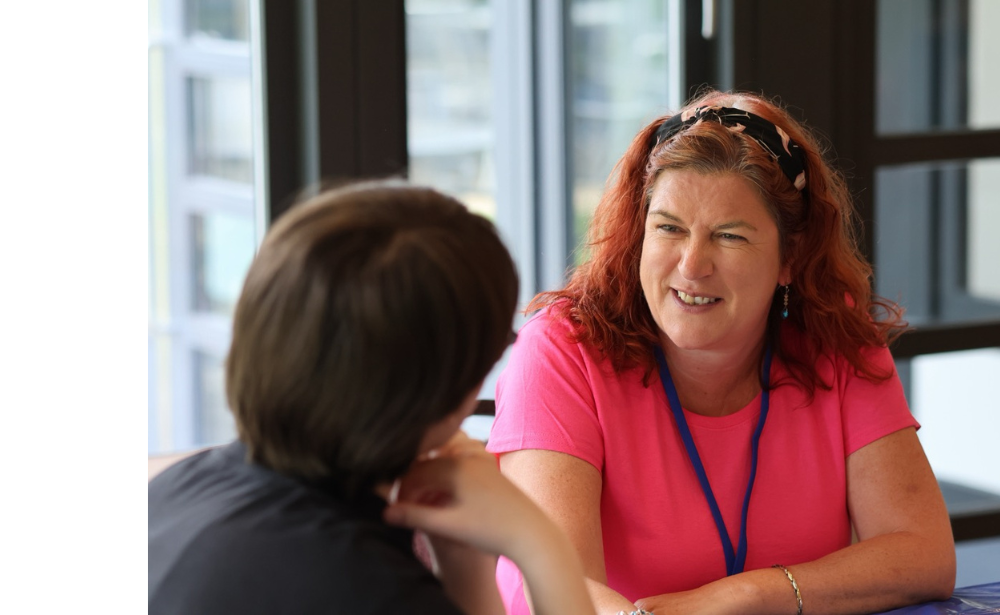What is anxiety?
When people describe anxiety, they tend to use words like:
Dread, Fear, Panic, Tension, Nervousness, Worry
So, anxiety is often a word used as another word for feeling worried, scared, or nervous. It is a normal emotion which we all feel at different times.
Our bodies have a built-in survival instinct form over 50,000 years ago and can be tracked back to when we were living as cavemen and women and Sabre-tooth tigers were around.
Imagine being a caveman or woman and a Sabre-tooth tiger is running towards you. What would you do? Your body would feel threatened and your body would automatically release a chemical called adrenaline. Adrenaline causes several changes in our bodies which help us to prepare for action. In this situation the caveman makes a choice, he can prepare to ’fight’ the tiger, to run away (flight’) from the tiger or he may ‘freeze’, which is known as the ‘fight’, ‘flight’ or ‘freeze’ response. Anxiety is a helpful emotion in a situation like this but not so helpful just before we go to sleep.
How is anxiety related to sleep?
Many young people get worried sometimes, and this is normal. There are some common worries that many young people who struggle to sleep can have. These may include worries about the dark, worries about school the next day, worries about not getting enough sleep and feeling tired the next day.
Body reaction to worry and sleep
The worry reaction in our bodies can get our bodies ready for action (for a ‘fight’ or ‘flight’). For example, worry can make our heartbeat faster, make us feel hot and sweaty, need the toilet and maybe feel sick. When these worries happen, it can make it hard for us to relax and fall asleep. When we feel worried, we sometimes do things that make it difficult for us to sleep, such as if we are scared of the dark, we may get out of bed a lot, which makes it very hard for us to relax and fall asleep.
The Anxiety Cycle
There are four main parts to worry: thoughts, emotions, physical feelings, and behaviour. They all affect each other, so changing any one part will change the others.
![[This image is a circular flowchart depicting the relationship between thoughts, emotions, physical feelings, and behavior. Each stage is represented by a pink rectangle with white text and arrows indicating the flow between them. Thoughts: e.g., 'something will hurt me in the night' Emotions: e.g., worry, fear, dread, nervousness, feeling scared or upset Physical Feelings: e.g., heart racing, mouth becomes dry, butterflies in our tummy Behavior: e.g., staying awake, sharing a bed with someone else, waking during the night The cycle shows how thoughts can influence emotions, which in turn affect physical feelings, leading to certain behaviours, which then circle back to impact thoughts.]](https://parentingspecialchildren.co.uk/wp-content/uploads/2024/07/Thoughts-e.g.jpg)
How do I make this better and improve my sleep?
Here are some ideas you can use to help you to try to manage your anxiety before you go to sleep.
Relaxing bedtime routine
Setting up a routine (like the one below) that you follow every evening before you for to bed may also improve your sleep.
• Home from school
• Snack
• Outside physical activity
• Homework
• Mealtime
• Homework/Activity time
• Screens off at least one hour before bedtime
• Quiet activities (fine motor e.g. colouring, jewellery making, construction activities) and snack if needed.
• Time to talk – worries/anxieties
• Bath & pyjamas (1/2 hr before bedtime)
• Get into bed (cool, dark, quiet room)
• Reading
• Settle to sleep (mindfulness)
Square breathing
Slowing down your breathing can be a really good way of helping the muscles in our bodies to relax. This can reduce the ‘fight or flight’ response to false alarms.
Step one: Sit or lie comfortably. You can close your eyes or keep them open – whatever feels better for you.
Step two: Repeat the square three times or until you feel relaxed. Some people find it helpful to imagine the tension flowing out of their body as they ‘breathe out…2….3’.

Dream box
If you struggle with lots of worries whizzing around in your brain a Dream Box can be useful. Your Dream/ self-soothe box, could contain items associated with…
• Touch e.g. stress ball,
• Memories e.g. photographs of favourite people, pets, or places
• Smell e.g. Lavender
• Music e.g. wind up music box (as long as it finishes before you’re asleep!), Wi-Fi speaker with music or nature sound
• Calming cards – with techniques e.g. deep breathing exercise
• Positive quotes
Positive thoughts before bed
Sometimes it helps to remind yourself of your strengths and what helps you to cope with worry.
‘I stayed calm before, I can stay calm again.’
‘I won’t always feel like this, the feelings will pass.’
‘The best thing that happened today was…’
‘The thing that put a smile on my face today was…’
‘Today I was proud because…’
‘Things that made me feel good were…’
Write your worries down
Write down your worries on a piece of paper or in a diary / journal, earlier in the evening before you start to get ready for bed. You could talk to someone you trust about your worries earlier in the evening and think about how you could resolve any difficulties. You could write down a to do list for the following day.
Worry journal/dolls
Choose a special notebook that you can use to write your worries down in. Try to encourage a sense of control over your worries, choose a place in a room where you can keep the book safe. Do not keep it in your room, which is your safe space. Once a day review your worries (not at bedtime) this can be with a trusted adult if possible.
Distraction
Distraction forces your brain to think about other things, so there is less space left for stress or worry. Distraction is a great way to stop your brain from focussing on negative thoughts and take your attention away from stress or danger.
Make a list of your five favourite films/songs/TV programmes
Count the number of blue things you can see in the room
Imagine the line-up of a football team
Try and remember the words to your favourite poem or song
Visualise your favourite place, person, holiday, or memory
Mindfulness
Mindfulness means paying full attention to something. It means taking your time to really notice what you’re doing. Mindfulness happens naturally sometimes.
Take a morning walk
This activity will clear your mind. You can take the opportunity to stop everything going on in your life and just enjoy nature, listen to the sounds of the surroundings, and notice your breathing and heartbeat.
Colouring books
This has become very popular. Many people both adults and teenagers use colouring books to distract themselves and manage anxiety. These books are more complex than the usual colouring books and therefore require more concentration and focus.
The body scan
Lie down on your back on a comfortable surface and close your eyes. Then squeeze every muscle in your body as tight as you can. Squish your toes and feet, squeeze your hands into fists, and make your legs and arms as hard as stone. After a few seconds, release all your muscles and relax for a few minutes.
Top tips that may improve your sleep
- Regular exercise in the morning or afternoon keeps us healthy and can make it easier for us to sleep.
- Try not to nap during the day as this can disrupt your normal sleeping pattern and make it difficult to fall asleep.
- No TV or screens (computers, mobile phones, iPad) for at least an hour before bed.
- Go to bed and get up at the same time every day.
- Avoid caffeine after lunch including coke, coffee or energy drinks.
- Having a bath or shower half an hour before bed as it helps prepare your body for sleep.
- Think about how hot or cold your room is. We sleep best when it’s cooler.
Recommended resources
Books
• The Anxiety survival guide for teens by Jennifer Shannon, LMFT (2015)
• The Kids’ Guide to Staying Awesome and In Control: Simple Stuff to Help Children Regulate their Emotions and Senses by Lauren Brukner (2014) – strategies can be adapted for older teens
• Help! I’ve got an alarm bell going off in my head, by K. L. Aspden (2015)
• Starving the anxiety Gremlin, Kate Collins-Donnelly (2013)
• Helping your anxious child: A step by step guide for parents, by Ronald M. Rapee (2009)
• A still quiet place for teens, a mindfulness workbook to ease stress & difficult emotions by Amy Saltzman MD (2016)
Websites
NHS Mental Wellbeing audio guides
Dunelm 40 tips for uni students to optimise their sleep
Apps
Search on the Apple app or Google Play store
• SAM, provided by the University of the West of England
• Smiling Mind – suitable for children, young people, and adults
• Headspace (good for teenagers) although there is a cost
Sign up for news and updates
Subscribe to our newsletter for regular updates.


